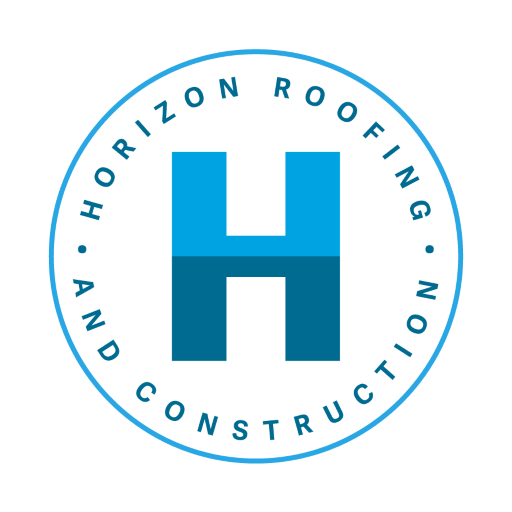Your home is likely one of the biggest investments you’re ever going to make, and protecting it from damage matters. If you’ve lived in your home for an extended period of time, you may have already been faced with the issue of condensation in your home.
Excess condensation is an issue that impacts one in every five homeowners each year. Condensation accumulated in your home can be damaging to your ceiling and walls, and especially harmful to your attic insulation. This can result in the growth of mold and mildew, making it can also be dangerous for your health.
How to Prevent Condensation in Your Home
The first step to prevention is to understand what causes condensation. Condensation is all about temperature and an increase in humidity. It occurs whenever warmer air encounters cooler surfaces, causing the warm air to cool too quickly and leave moisture droplets on your home’s surfaces. Condensation is most common in the colder winter months, and can quickly cause water damage if left unaddressed.
Signs of damaging condensation in your attic include:
- Water stains on your ceiling or ceiling tiles
- Dampness on your windows, walls or in your attic
- Water damaged walls or attic insulation
- Putrid smells coming from inside walls or down from your roof
Prevent Condensation in Your Attic
One of the most effective, but commonly overlooked solutions for preventing condensation in your home is proper ventilation. This means the strategic placement of roof vents on your roof, if you don’t already have them. Roof vents allow air to flow up and out of your home. Since hot air rises, having adequate venting higher up in your home helps the air circulate out, maintaining fresh and clean air inside your home and creating an environment in which condensation does not occur.
Proper roof vents can also protect your roof from becoming too hot in the spring and summer. Since these vents are made to expel warm air out of your home, they can help keep the temperature in your home better regulated, saving you on energy bills.
Where to Most Effectively Install Roof Vents
The most effective placement of roof vents is around the edges of your roof, near roof gutters or under the eaves. This placement helps draw the warmer air up out of your home and your attic, keeping your home cooler and dryer.
Roof vents are an important part of your home maintenance and should be included in any new roof installation. Roof vents can easily be added to your home if needed.
Conclusion
You work hard to maintain and care for your home and your family, and you don’t want to put the wellbeing of either at risk. Eliminate condensation issues in your home or attic and optimize your energy efficiency. Licensed, insured, and certified, Northville’s #1 roofing company, Horizon Roofing and Construction has been proudly serving customers for 25 years and will gladly consult with you about installing new roof vents. Request a free complete roof evaluation and discover the right solution to meet the needs of your home and budget. Plus, for a limited-time, Horizon Roofing and Construction is offering $1,000 off roofs!

